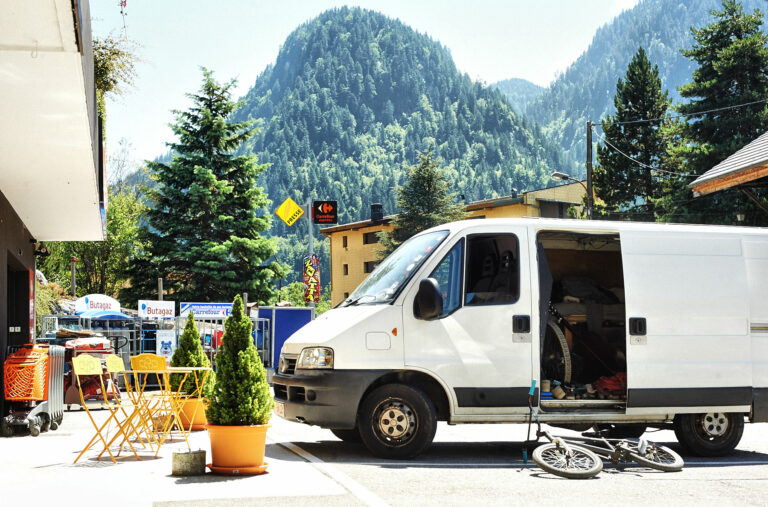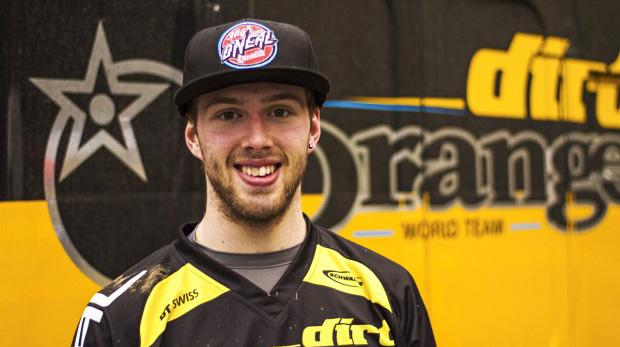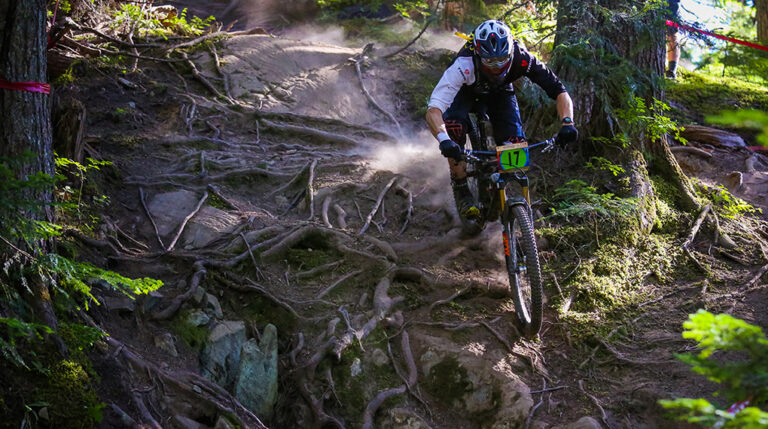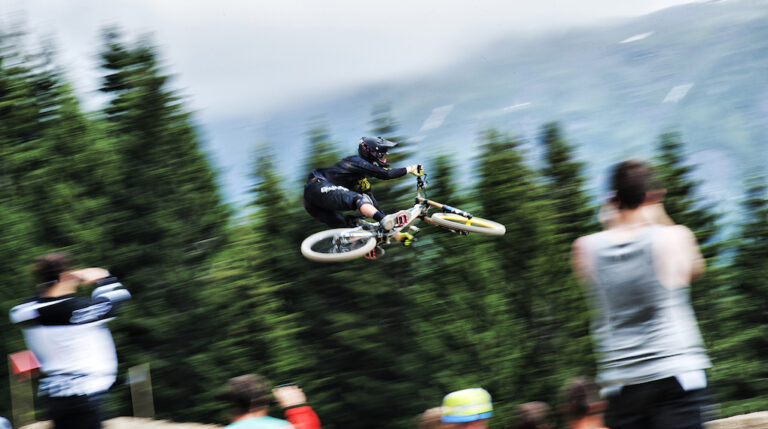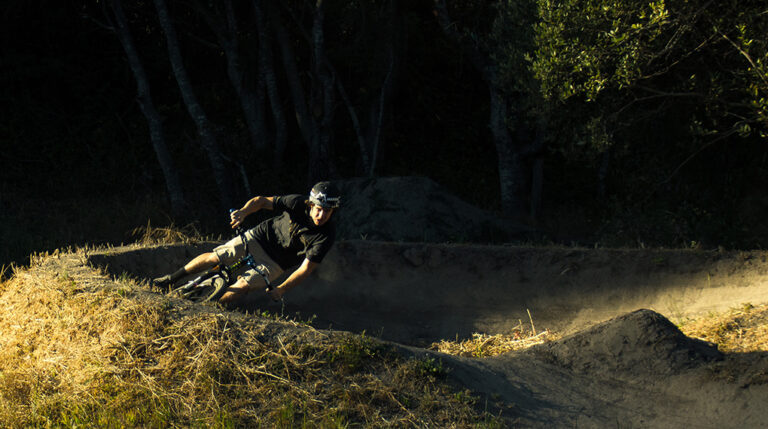 So how did it all start Leonardo?
So how did it all start Leonardo?
OK, here’s the history lesson bit. Back in 1987 Devinci Cycles began life as Da Vinci (as in Leonardo), a company started by two engineering students from Chicoutimi who wanted to build a recumbent bicycle (one of those weird lying down contraptions) for a university project. Once that was completed they continued with more traditional bikes. A short while later a road biking entrepreneur from Quebec, Felix Gauthier, was introduced to them, liked what he saw and wanted to be part of it. By 1990 Felix had bought half of the company and swapped the vowels around in the Leonardo name tag.
The early days of Devinci Cycles proved tough going. Teething troubles with the heat treatment of the aluminium frames meant that at one point more frames were being returned to the factory than actually coming out of it. What to do? Sink or swim? An early accountant advised Felix to sell the business, but such was the passion and determination to succeed that the accountant was given the boot instead. Money was invested in people; designers and skilled technicians were bought in, R&D was increased, reinforcing the commitment to quality and future growth of the company. A lot of the staff from the early days are still here, Michel Giroux for instance, one time engineer and now part of the design team sixteen years later.
Devinci were focusing almost exclusively on the Canadian market in the initial days so naturally there was some emphasis put on freeride bikes with frames like the Kamikaze, Banzai and later the Ollie coming out in the mid to late nineties. They had a presence on the gravity scene as well, with Andrew Shandro racing as part of the Ford/Devinci team. But the Chicoutimi company were, and still are, making many different styles of bikes, including road frames, commuters, kids bikes and loads of those clunky looking Bixi bikes that are populating major cities worldwide. In total the big D make about one hundred and six different models of bike these days, which is a heck of a lot, with all but a few coming out of one factory in a remote town in Quebec.
 Anyway, so during the early years of 2000, Devinci were ticking over and doing all right on the Canadian scene. It was around 2008 when the revised Ollie and the first Wilson came out Devinci was really thrown into the public eye. Red Bull Rampage was going off and quite a few of the huckers and senders were riding Devinci bikes, which gave the brand some much–needed international exposure. At this stage in the game Devinci had very limited worldwide distribution as the focus was still on home soil. They had a guy in Spain, a guy in the UK a few US dealers, but little else. But cult followings were popping up all over the place; people were starting to talk about and hunger for the big D. The trouble was that the Devinci mountainbikes were still using the FSR design (patented by Specialized) on the rear end, which had legal implications when trying to sell bikes in the US. If they were to get a foothold in that market then Felix and team needed a new suspension design.
Anyway, so during the early years of 2000, Devinci were ticking over and doing all right on the Canadian scene. It was around 2008 when the revised Ollie and the first Wilson came out Devinci was really thrown into the public eye. Red Bull Rampage was going off and quite a few of the huckers and senders were riding Devinci bikes, which gave the brand some much–needed international exposure. At this stage in the game Devinci had very limited worldwide distribution as the focus was still on home soil. They had a guy in Spain, a guy in the UK a few US dealers, but little else. But cult followings were popping up all over the place; people were starting to talk about and hunger for the big D. The trouble was that the Devinci mountainbikes were still using the FSR design (patented by Specialized) on the rear end, which had legal implications when trying to sell bikes in the US. If they were to get a foothold in that market then Felix and team needed a new suspension design.
Enter Dave Weagle and the split–pivot. Interestingly enough Felix had met Weagle years earlier and actually used to manufacture the Evil Imperial hardtail when DW owned Evil. The split–pivot design was integrated into the off–road range of the Wilson, Dixon and Dexter, transforming the bikes into seriously desirable machines.
Things were moving fast now for Devinci. Gabe Fox (formally of Cove and Evil) came onboard and bought with him World Cup racer Stevie Smith to race the revitalized Wilson downhill bike, a Canadian rider on a Canadian bike. Smith was on fire on the Wilson this year, consistently getting top ten World Cup results and standing on the box twice before a big over the bars in Val di Sole broke his ankle and put an end to a terrific debut season for the bike.


